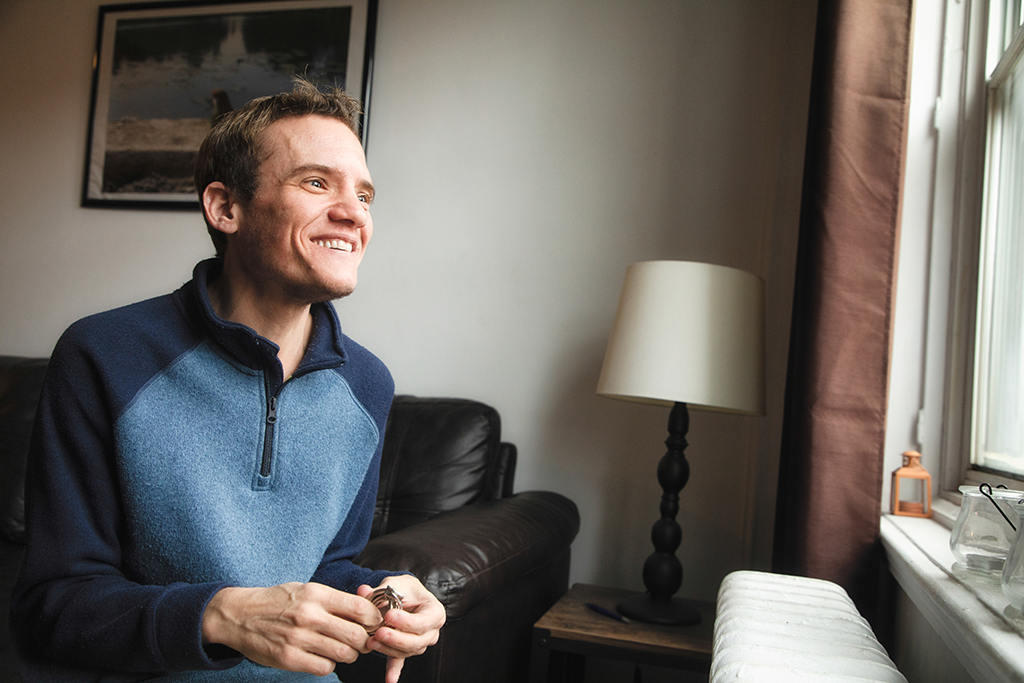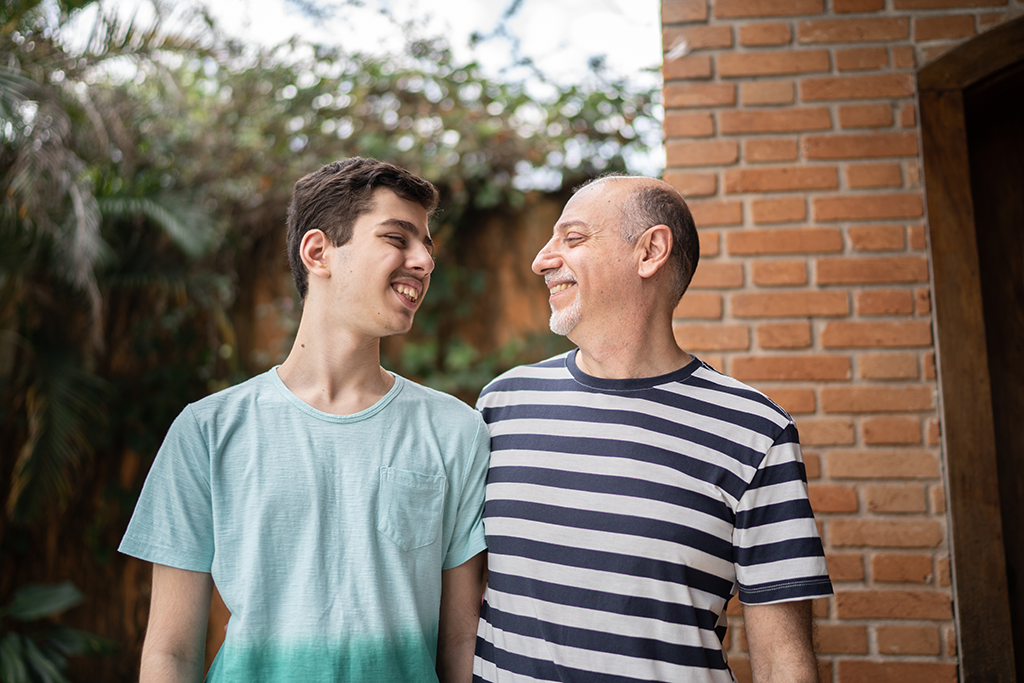Feel free to call me at 415.527.5431 or 860.391.5124 - or - email at andrew@voglautism.com
The Vogl Method
for Autism Spectrum Disorders
Autism and Asperger's Coaching & Counseling
for Adults, Children, and Parents
Currently coaching individuals and families with Autism Spectrum
in San Francisco, the New York City area, and Connecticut.
Andrew Vogl, MA, BCBA
I am a Board Certified Behavior Analyst (BCBA) with 30 years of experience, successfully coaching and counseling adults, parents and children with autism and Asperger’s Syndrome.
Over these last three decades I have developed a collection of effective strategies. Clients who are ready and willing to work hard with me find these methods extremely successful. I also offer parent training for all levels of the autism spectrum.

Understanding Knowledge vs. Flow in Conversation
Knowledge vs Flow is a term I use in my private practice to teach how to have a better reciprocal flow when speaking to someone else. Sometimes our knowledge of a subject can get in the way. This occurs commonly with people on the spectrum. While it is ok to express your knowledge, always going through is “filter” as I say, can stop the flow of any conversation. More videos on Tiktok and Instagram
![]()
Our Services are Evidence-Based:
Play Therapy
Lorem ipsum dolor sit amet, consectetuer adipiscing elit, sed diam nonummy nibh euismod tincidunt ut laoreet dolore magna aliquam erat volutpat.
CBT
Lorem ipsum dolor sit amet, consectetuer adipiscing elit, sed diam nonummy nibh euismod tincidunt ut laoreet dolore magna aliquam erat volutpat.
EMDR
Lorem ipsum dolor sit amet, consectetuer adipiscing elit, sed diam nonummy nibh euismod tincidunt ut laoreet dolore magna aliquam erat volutpat.
Parent Coaching
Lorem ipsum dolor sit amet, consectetuer adipiscing elit, sed diam nonummy nibh euismod tincidunt ut laoreet dolore magna aliquam erat volutpat.
Family Therapy
Lorem ipsum dolor sit amet, consectetuer adipiscing elit, sed diam nonummy nibh euismod tincidunt ut laoreet dolore magna aliquam erat volutpat.
Group Therapy
Lorem ipsum dolor sit amet, consectetuer adipiscing elit, sed diam nonummy nibh euismod tincidunt ut laoreet dolore magna aliquam erat volutpat.



